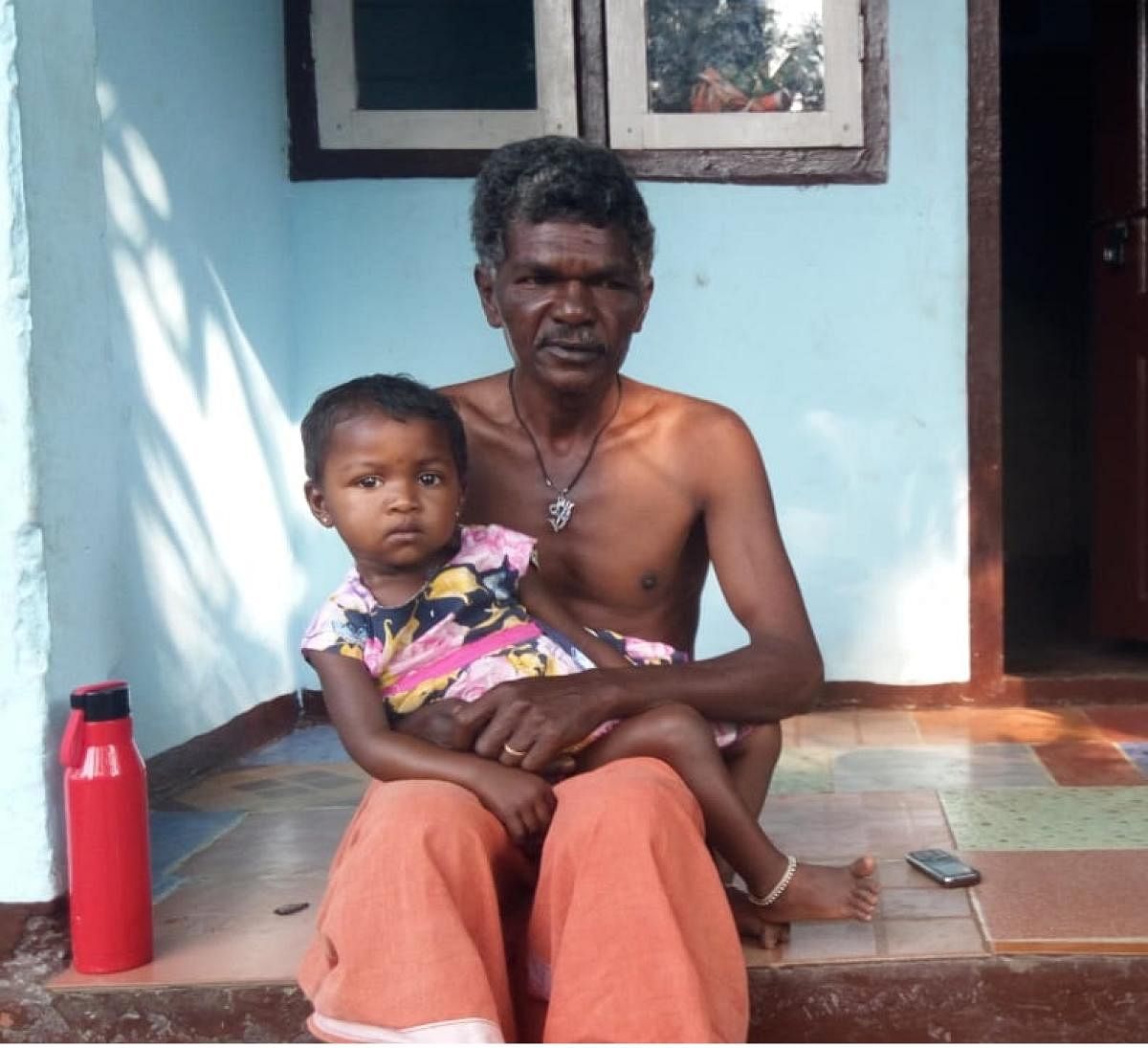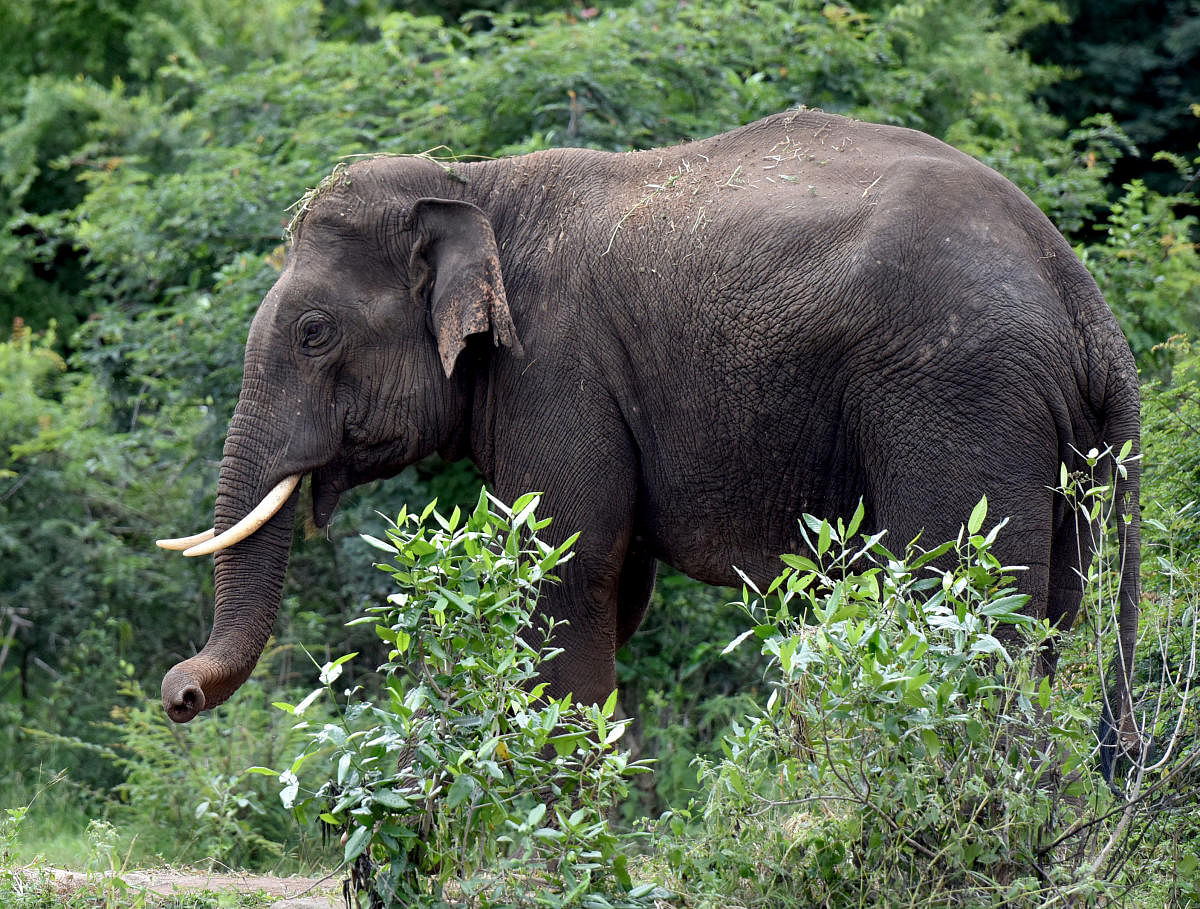

When animals are spotted outside of reserves, we call it human-animal conflict. However, several Adivasi communities across the country treat it as a sacred bond and respect their presence and give them the space they need.
Some even seek the permission of animals before treading into the forests. “Even if it is to an elephant, a tiger, a leopard, a bear, a snake or a lizard, all we do is talk to them freely and honestly. We tell them: I will not interfere with you. Please do not interfere with my way. That is all. Then they will go their way,” says a member of the Kattunayakan community living in the Wayanad Wildlife Sanctuary in Kerala.
Several such critical insights and interactions on the Adivasi community, Kattunayakans and their perspectives on human-wildlife co-existence are brought to light in a recent study by researchers Helina Jolly, Terre Satterfield and Milind Kandlikar from the Institute for Resources Environment and Sustainability, University of British Columbia, Vancouver, Canada and Suma T R of the Hume Centre for Ecology and Wildlife Biology, Kalpetta.
A long-held bond
Seven Kattunayakan settlements were selected for the study. Open-ended interviews and walks with the tribals and other locals were conducted for over 18 years, to understand their behaviour inside the forest.
The unique relationship and deep co-existence shared by the community with wildlife stems from their tolerance, based on long-held beliefs and understanding of animals. For example, the community regards wildlife—all species from mammals to reptiles—as rational conversing beings, gods, teachers, equals and relatives with shared origins practising dharmam (shared responsibility).
“These beliefs reflect in their actions too. The tribals frequently face wildlife interactions. Yet, in Wayanad, the Kattunayakans remain the only community with the least complaints and requests for compensation. The forest department too spoke of their tolerance towards wildlife and their positive perceptions,” states author Helina Jolly, who has shared many memorable interactions with the community.
“During one such walk, we encountered an elephant up close. The members of the community remained coolheaded. Having observed the elephant, right from its stance, movement of the tail, ears and feet, they concluded that the individual was not aggressive. They emphasised the importance of submissive body posture and reflecting humility during encounters,” she adds.
Author Suma TR recounts a similar interaction while walking with a lady who was disabled post an attack by a bear, who blamed herself for the incident. “Calling it an accident, she says she surprised the bear while collecting plants in the forest.”
These Adivasis consider wild animals as logical individuals who communicate through actions and display distinct personalities. They believe that animals can read human intentions. Hence, when entering the forests, they think having good intentions, choosing the right (honest) words, and speaking carefully are essential.
As quoted in the study, a local explains, “Understand that you are talking to a powerful animal in the forest. If you speak in the wrong tone, they will punish you. We have to speak with love and patience, they will listen.”
The younger generation does not believe in conversing with wildlife. However, “they all maintain that a forest is a special place and view animals as rational beings,” adds Helina. They also share their resources, right from leaving parts of honeycomb that they collect from the forest for bears to securing a small part of meat from the leftover of the tiger’s hunt for themselves, maintaining a practical, give-and-take relationship.
Wetlands, locally called Wayal, are culturally significant in the community, considered ‘birth mother’ and revered by the Kattunayakans. They respect all animals, from big cats to bees and mouse deer, equally. During the interviews, they disclosed having more faith in wildlife and affinity towards forests than in humans.
However, the romanticism of indigenous people and their connections with wildlife can also lead to poorly-informed conservation solutions, says Helina. “The locals see themselves as equals and don’t consider themselves as the guardians of the forest, as popularised (in the media). Their deep co-existence may be intentional, but conservation as an outcome is coincidental,” she adds.
The policies of change
Around 8% of India’s population are tribals or Adivasis, comprising over 500 different groups. Though ‘Adivasi’ means original inhabitant, today, ironically they are the most displaced people in our country, forcefully relocated to areas outside forests. They are called illegal encroachers, often blamed for exploiting natural resources and impeding wildlife conservation.
However, this so-called conservation strategy is skewed based on an impoverished view of Adivasis and their traditional knowledge. There is substantial evidence of indigenous communities and their role in maintaining our ecosystem. Right from the management of forest fires by various communities in Odisha and northeastern states, growing and preserving diverse food crops, better management of ecosystem services through well-functioning, democratic and inclusive governance systems, to holding a special relationship with wildlife through folktales and worship, like the tribals of Hamirpur, Himachal Pradesh, who perceive leopards as adaptive beings.
Today, “relocated Kattunayakans remain economically poor and depend on the government for wage labour or construction work in neighbouring farms and towns,” says the author. She stresses the need to reassess the western concept of conservation and the need for equal representation of indigenous traditional knowledge in conservation policies and mainstream education.
Talking about human-wildlife interaction mitigations, Suma T R sheds light on the lack of awareness about changing animal behaviours in the solutions.
“Communities sharing space and resources with wildlife have this knowledge. It has evolved through generations of frequent interactions, which are many times, similar to those of ecologists—it’s just that they express it in a different language and method.”